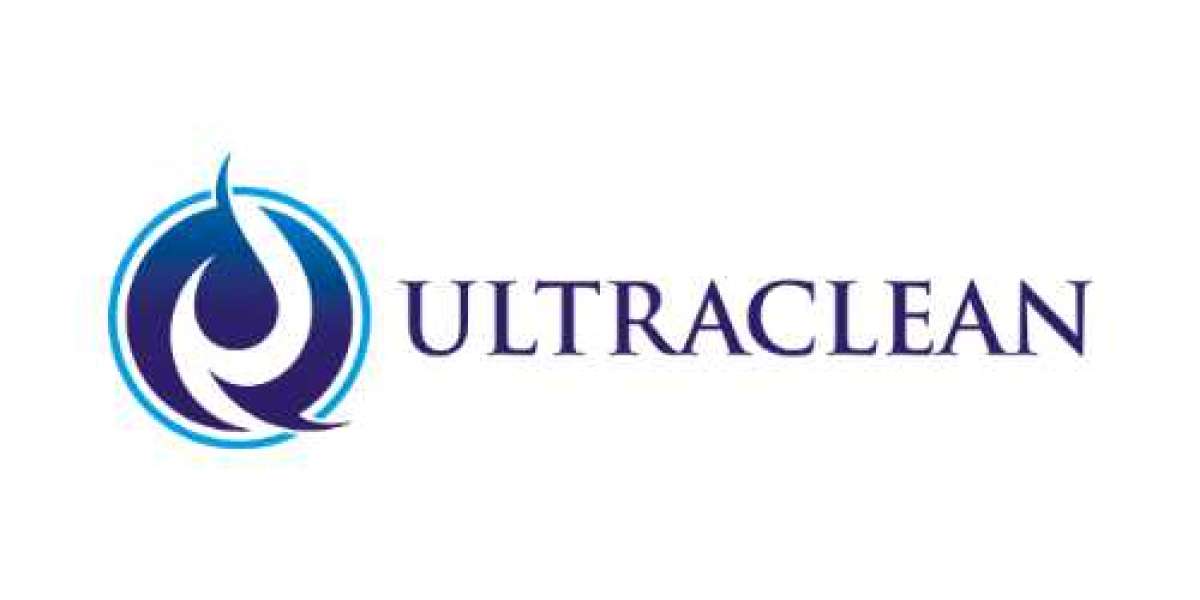Businesses that provide risk management through insurance contracts comprise the insurance sector. The fundamental idea behind insurance is that one party—the insurer—will assure payment in the case of an unforeseen future circumstance. In the meantime, the policyholder, also known as the insured, pays the insurer a lower premium in return for the assurance against that unforeseen future event.
As an industry, insurance is thought to be a safe haven for investors that is slowly expanding. When compared to other financial sectors, this view is still usually accurate, however it is not as strong as it was in the 1970s and 1980s. Risk management is at the core of the insurance industry. Every written policy is examined with different risks taken into account, and actuarial analysis is done to better comprehend the statistical probability of specific outcomes. Variances between projections and statistical facts are used to assess benefits or modify policyholder premiums. Elliott's Wave Theoryis primarily composed of two types of waves: corrective waves and motive (impulse) waves. In the insurance industry, premium levels are often determined by the risk attached to the relevant person, piece of property, or thing that is being insured.
The fact that insurance companies are effectively permitted to use the money that their clients invest for them is one of their more intriguing characteristics. They are therefore comparable to banks, but there is much more investment. There are occasions when this is called "the float." When one party lends money to another without anticipating repayment until after a contingent circumstance, this is known as float. In essence, this mechanism indicates that the cost of capital for insurance businesses is positive. This sets them apart from mutual funds, banks, and private equity funds. This implies lower risk and more consistent returns for stock insurance company investors (or mutual company policyholders).
Plans for insurance are the industry's main offering. On the other hand, annuities and a variety of corporate pension schemes for firms and retirees have been available in recent decades. Because of this, insurance companies are now directly competing with other providers of financial assets for these kinds of products. These days, a lot of insurance companies either own or cooperate with their own broker-dealer. Not every insurance company serves the same clientele or provides the same products. Financial guarantors, property and casualty insurers, and accident and health insurers are some of the biggest types of insurance firms.
Auto, health, homeowners, and life insurance are the most popular categories of personal insurance coverage. The majority of people in the US have at least one of these insurance policies, and driving legally requires having auto insurance. Most famous are undoubtedly accident and health firms.
Policies for life insurance can be purchased as either permanent (usually whole life or universal life), which is more expensive but lasts a lifetime and includes a cash accumulation component, or as term life, which is less expensive and expires at the end of the term. Long-term disability insurance, which replace an insured person's income in the event of illness or incapacity, can also be sold by life insurers. Northwestern Mutual, Guardian, Prudential, and William Penn are a few well-known life insurance companies. Specialized insurance plans that protect against certain risks encountered by a given firm are necessary for businesses.
For instance, a fast-food establishment need insurance that covers harm or damage brought on by deep-frying food. Although they are not exposed to this kind of danger, car dealers do need to be covered for any accidents or injuries that may happen during test drives. Insurance firms are categorized as either mutual or stock corporations based on the organization's ownership structure. There are notable exceptions as well, including fraternal organizations and Blue Cross Blue Shield, which have yet another distinct structure. Nonetheless, the most common organizational structures used by insurance businesses are stocks and mutual funds.
The goal of a stock insurance company, which is a corporation owned by its shareholders or stockholders, is to generate profits for them. Policyholders are not actively involved in the company's gains or losses. An insurer needs clearance from state authorities and a minimum amount of capital and surplus on hand in order to function as a stock corporation. If the corporation wants its shares to be traded publicly, additional conditions must be fulfilled. American stock insurers that are well-known include Prudential, MetLife, and Allstate.
As "contractual creditors" with the ability to vote on the board of directors, policyholders are the only owners of a mutual insurance business. Generally speaking, businesses are run and their assets—such as dividends, surplus, insurance reserves, and contingency funds—are retained for the advantage and safety of policyholders and their beneficiaries. The amount of operational income that is distributed to policyholders as a dividend each year is decided by management and the board of directors.
There are businesses that have consistently paid dividends, even during challenging economic times, however this is not a given. In the United States, Northwestern Mutual, Guardian, Penn Mutual, and Mutual of Omaha are significant mutual insurance. There are three smaller segments that make up the insurance industry. The first one is about property and casualty insurance, which includes commercial, residential, and auto insurance. The subject of the second is annuity and life insurance. The third is health insurance, which can be private or public.
In the event that policyholders experience insured losses, they may file claims for reimbursement. The industry is regulated to ensure compliance with solvency requirements, customer safety, financial stability, and moral business conduct.



